Do Dryer Balls Really Work

Do Dryer Balls Really Work? The Science Behind Their Effectiveness
In recent years, the laundry room has seen its fair share of innovative products aimed at making our chores easier, more efficient, and environmentally friendly. Among these innovations, dryer balls have emerged as a popular alternative to traditional fabric softeners and dryer sheets. But as with any new product that gains traction, it's worth asking: do dryer balls really work, and if so, what's the science behind their effectiveness? This article delves into the mechanics of dryer balls, exploring how they manage to reduce drying time, soften fabrics, and diminish static cling, all while being an eco-friendly option.
Understanding Dryer Balls
Dryer balls come in two main varieties: wool and plastic. Wool dryer balls are made from natural sheep's wool that's felted into compact balls. Plastic dryer balls, on the other hand, are typically made from a hard, non-toxic plastic and often feature nubs or spikes to enhance their performance. Regardless of the material, the primary function of dryer balls is to move freely among your clothes in the dryer, creating space between items and allowing hot air to circulate more effectively.
The Science of Reduced Drying Time
The key to dryer balls' effectiveness lies in their ability to improve air circulation within the drum of the dryer. As they tumble, dryer balls physically separate items of clothing, which prevents them from clumping together and creating damp patches. This separation allows hot air to circulate more evenly and efficiently throughout the load, which in turn reduces drying time. A study published in the "Energy Efficiency" journal confirmed that the use of dryer balls can lead to a decrease in drying time by up to 25%, resulting in significant energy savings over time.

Natural Fabric Softening
One of the most appreciated benefits of wool dryer balls is their natural ability to soften fabrics without the use of chemicals found in conventional fabric softeners. But how exactly do they achieve this? The answer is mechanical action. As dryer balls move through the load, they gently agitate the fibres of the clothing. This agitation helps to "fluff up" the fibres, making the fabric feel softer to the touch. Unlike chemical softeners that coat fabrics with a layer of slick substances to achieve a soft feel, dryer balls achieve softness through physical means, which is safer for sensitive skin and contributes to the longevity of fabrics.
Static Reduction
Static cling in the dryer is caused by the rubbing of fabrics together, which generates an electrical charge. Dryer balls can help reduce static by minimising the contact between clothing items in the dryer, thus reducing friction and the likelihood of static charge building up. Moreover, because dryer balls can shorten drying time, clothes are less likely to become over-dried. Over-drying is a common cause of static cling, as the lack of moisture makes it easier for static electricity to build up.
Eco-Friendly and Economical
Aside from their functional benefits, dryer balls are lauded for their environmental and economic advantages. Wool dryer balls are sustainable, biodegradable, and can be used for hundreds of loads before needing to be replaced. This longevity stands in stark contrast to single-use dryer sheets or liquid fabric softeners, which require repeated purchases and contribute to household waste and environmental pollution.
The science behind dryer balls reveals a compelling case for their effectiveness. By enhancing air circulation, providing natural fabric softening, and reducing static cling, dryer balls offer a multifaceted approach to improving the laundry drying process. Their environmental and economic benefits only add to their appeal, making them a logical choice for eco-conscious consumers. As more households look for sustainable alternatives to traditional laundry products, dryer balls stand out as a scientifically sound and effective solution.
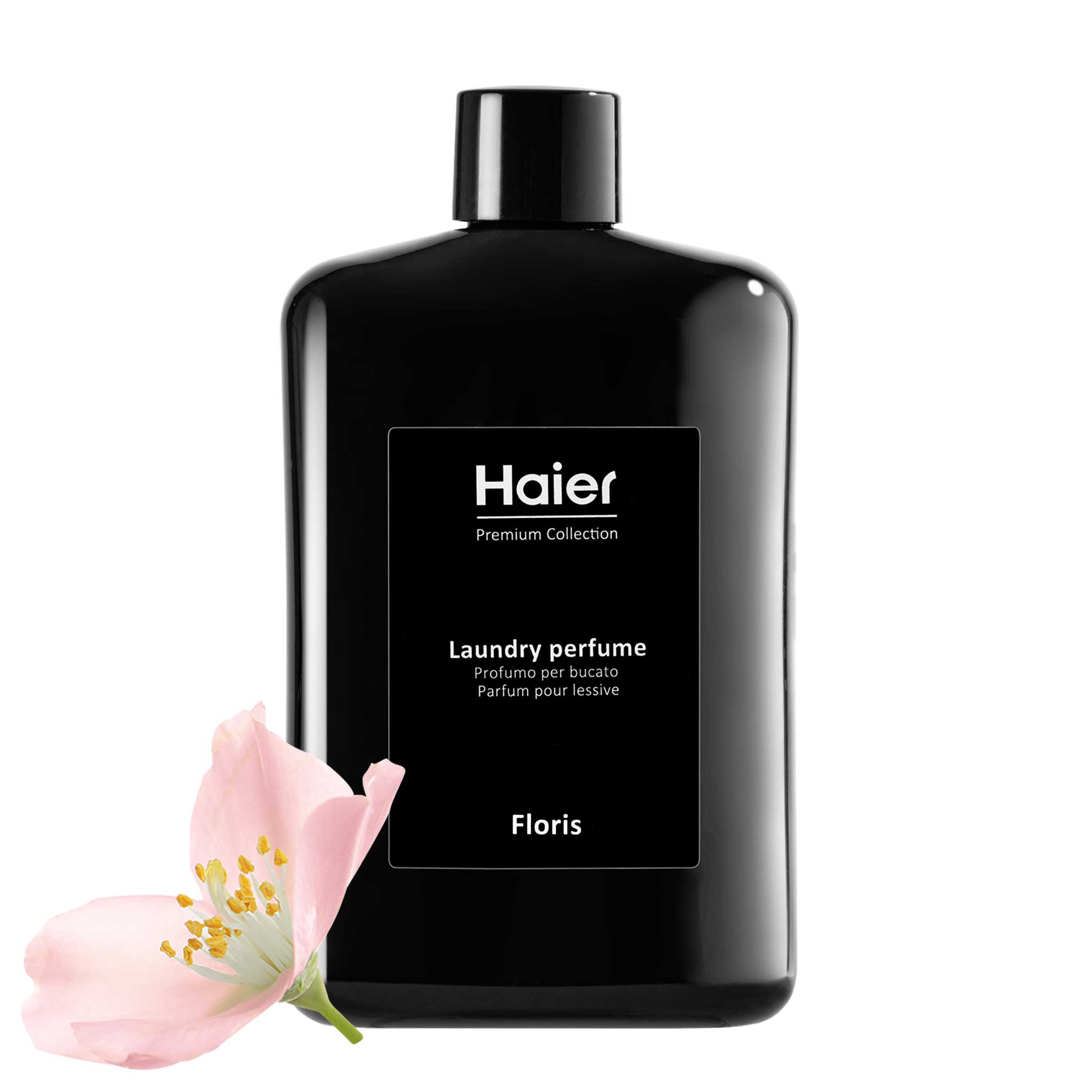


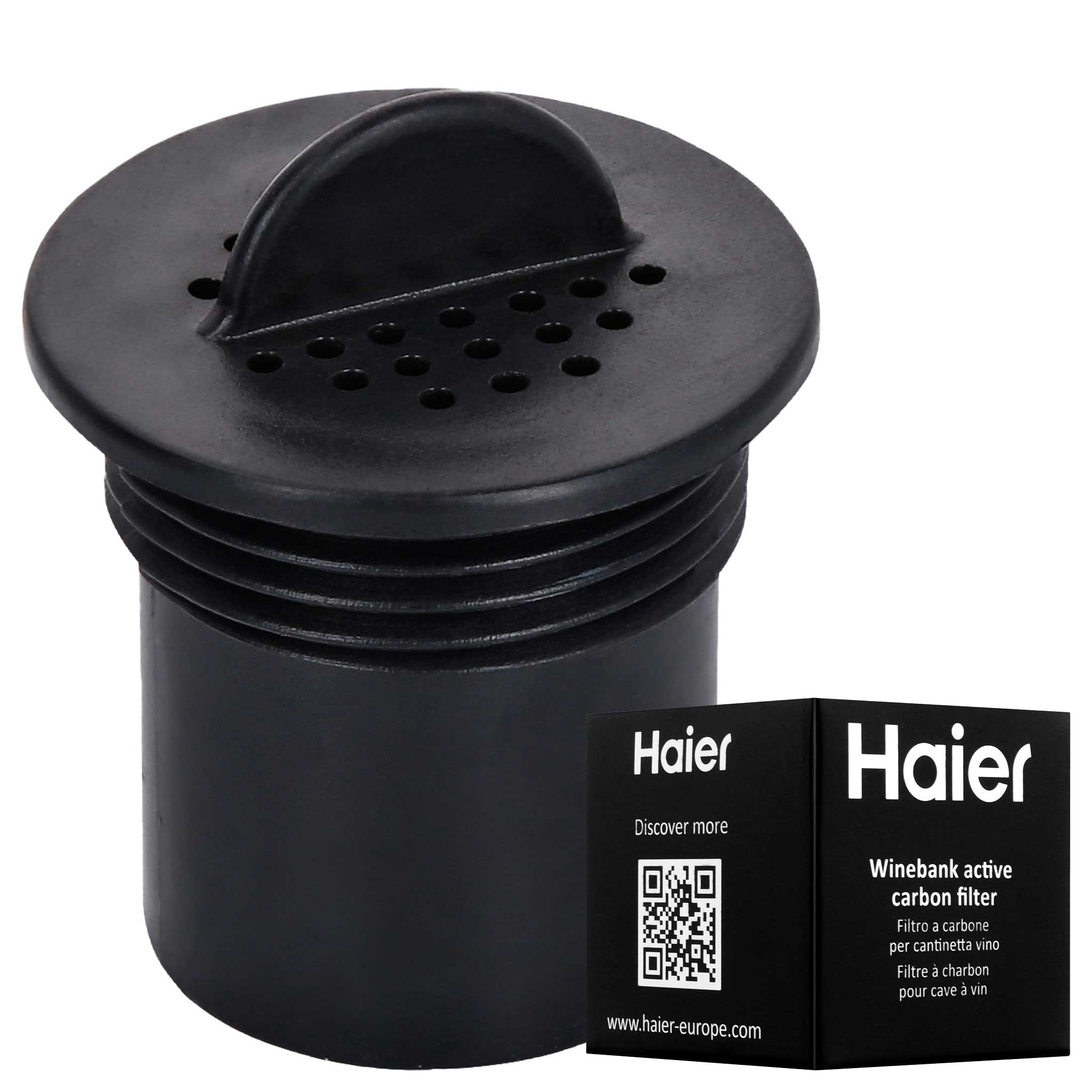
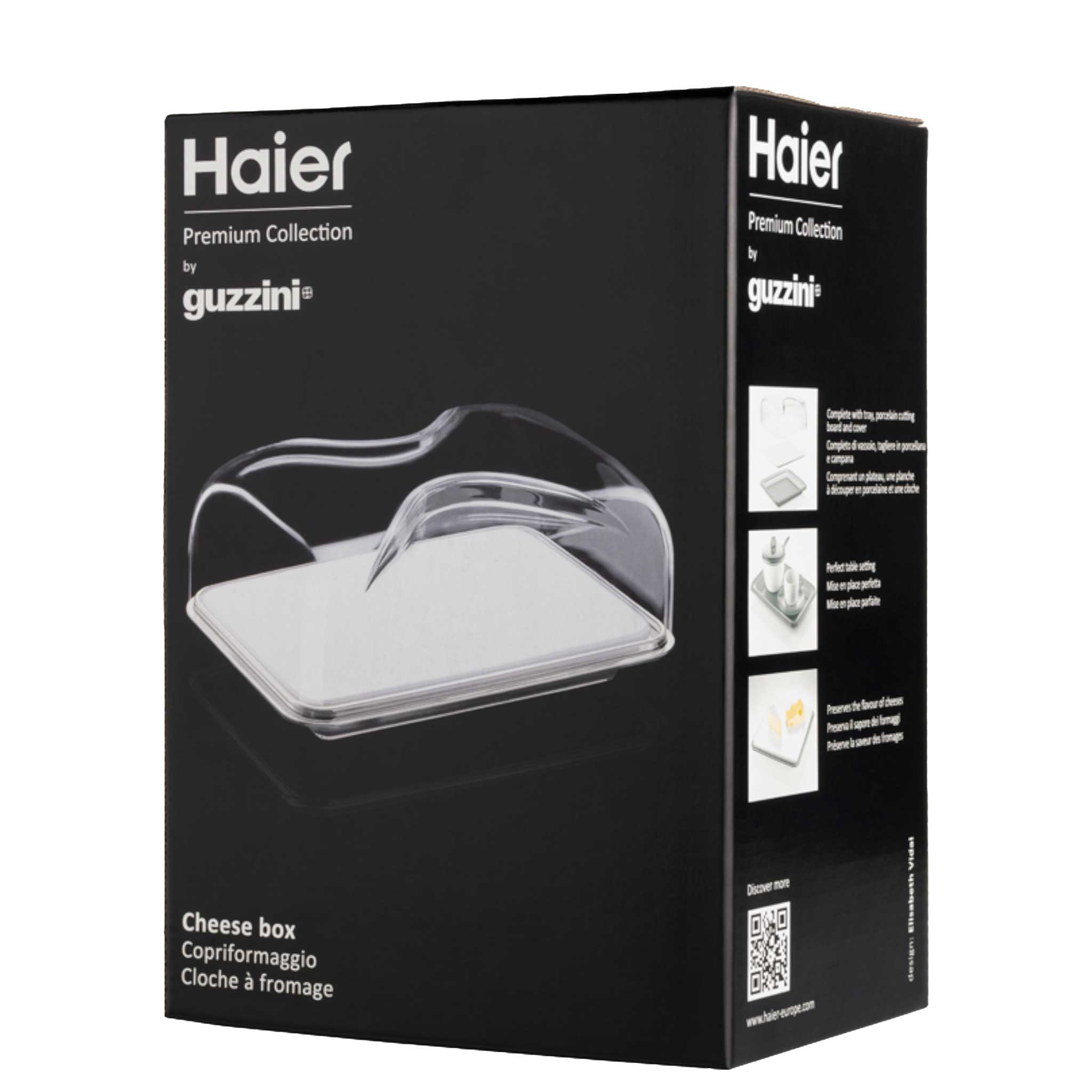
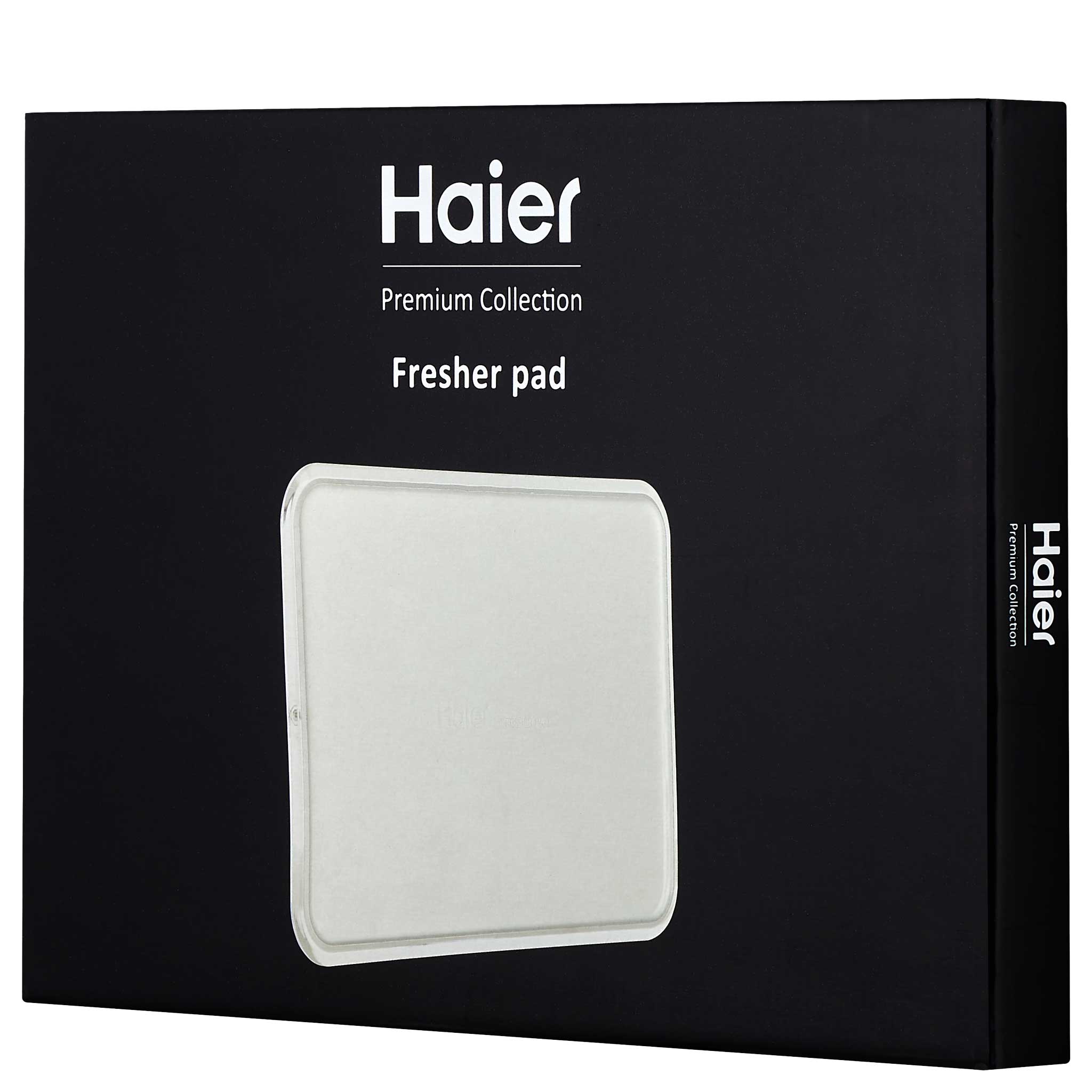
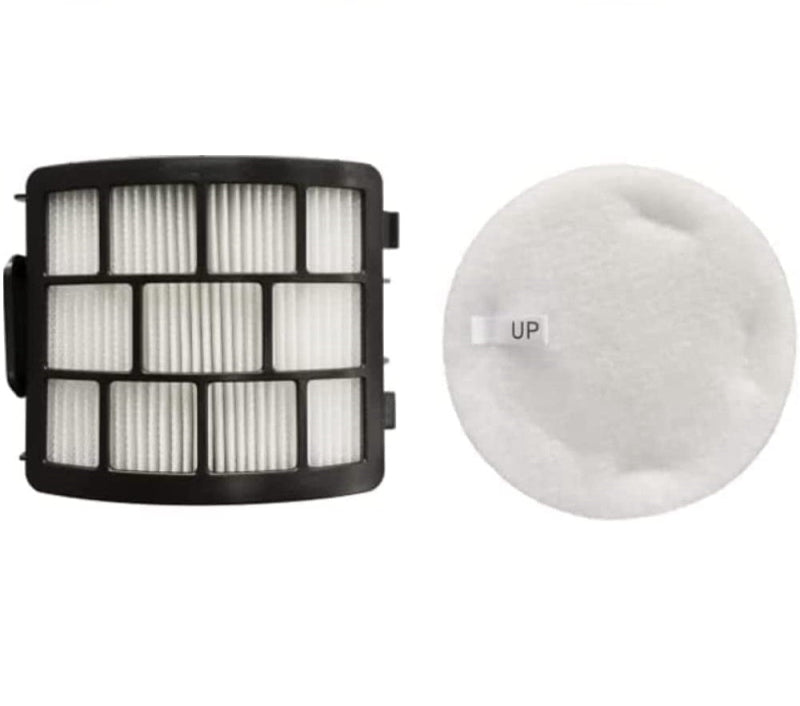
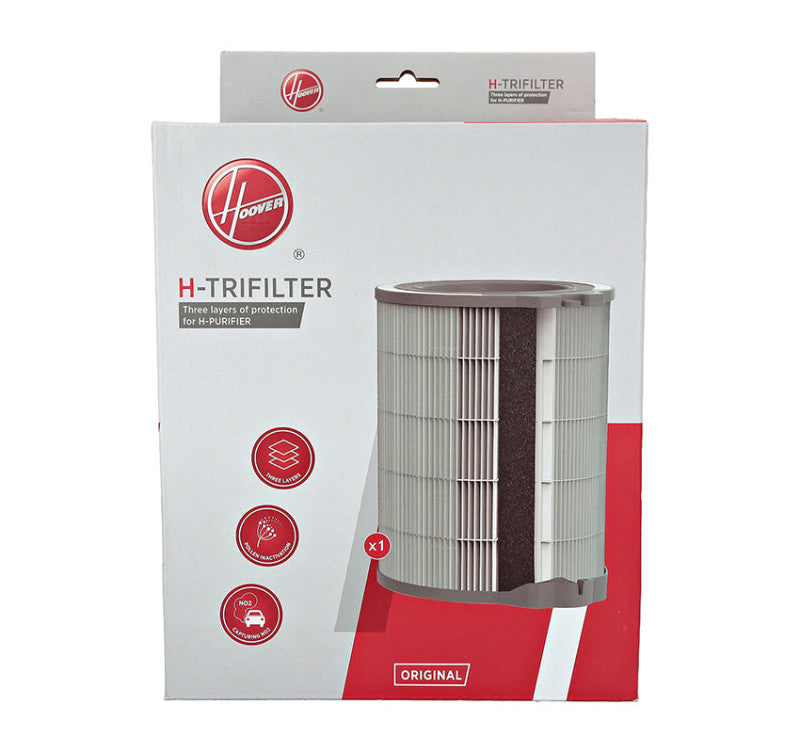
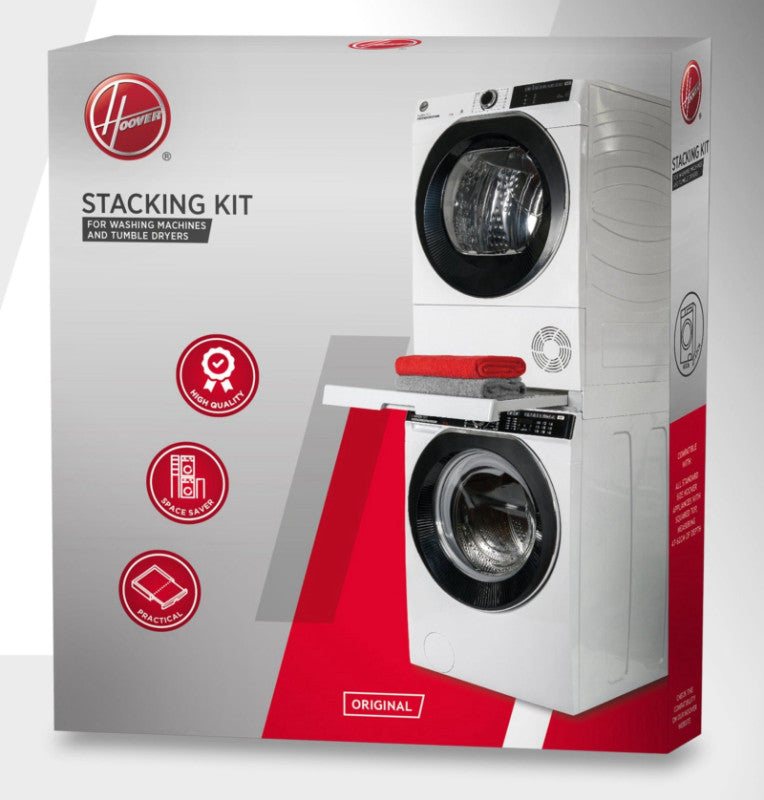



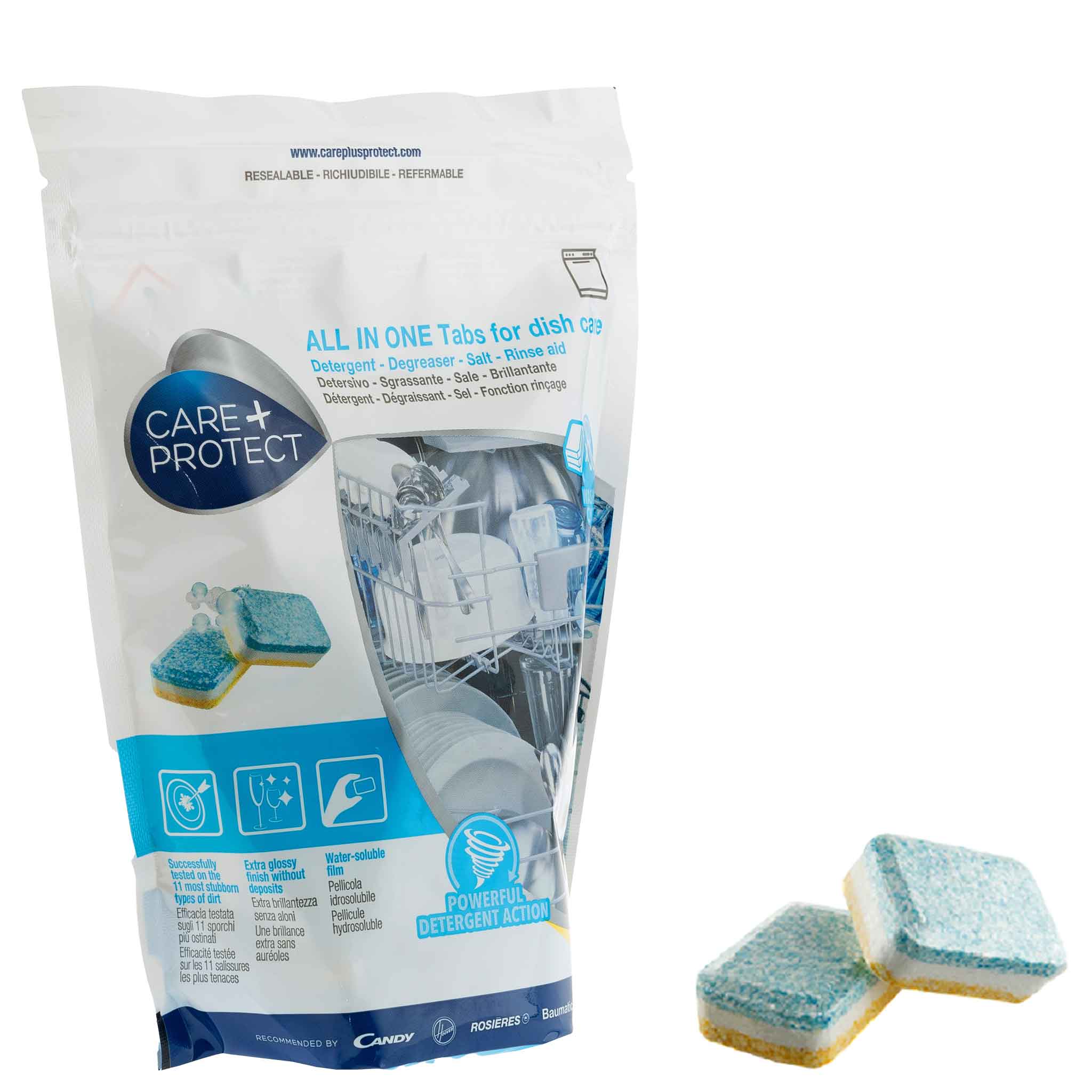
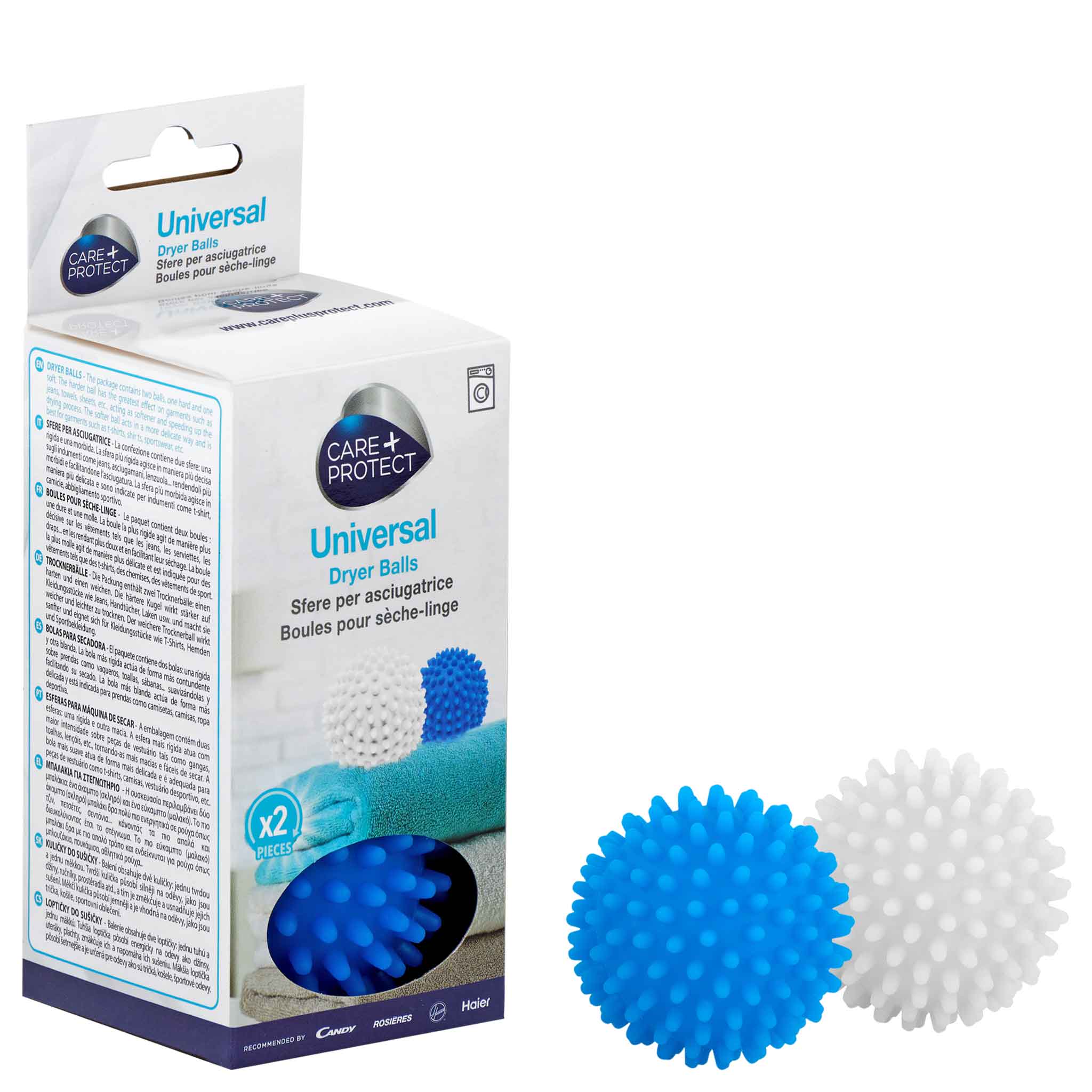
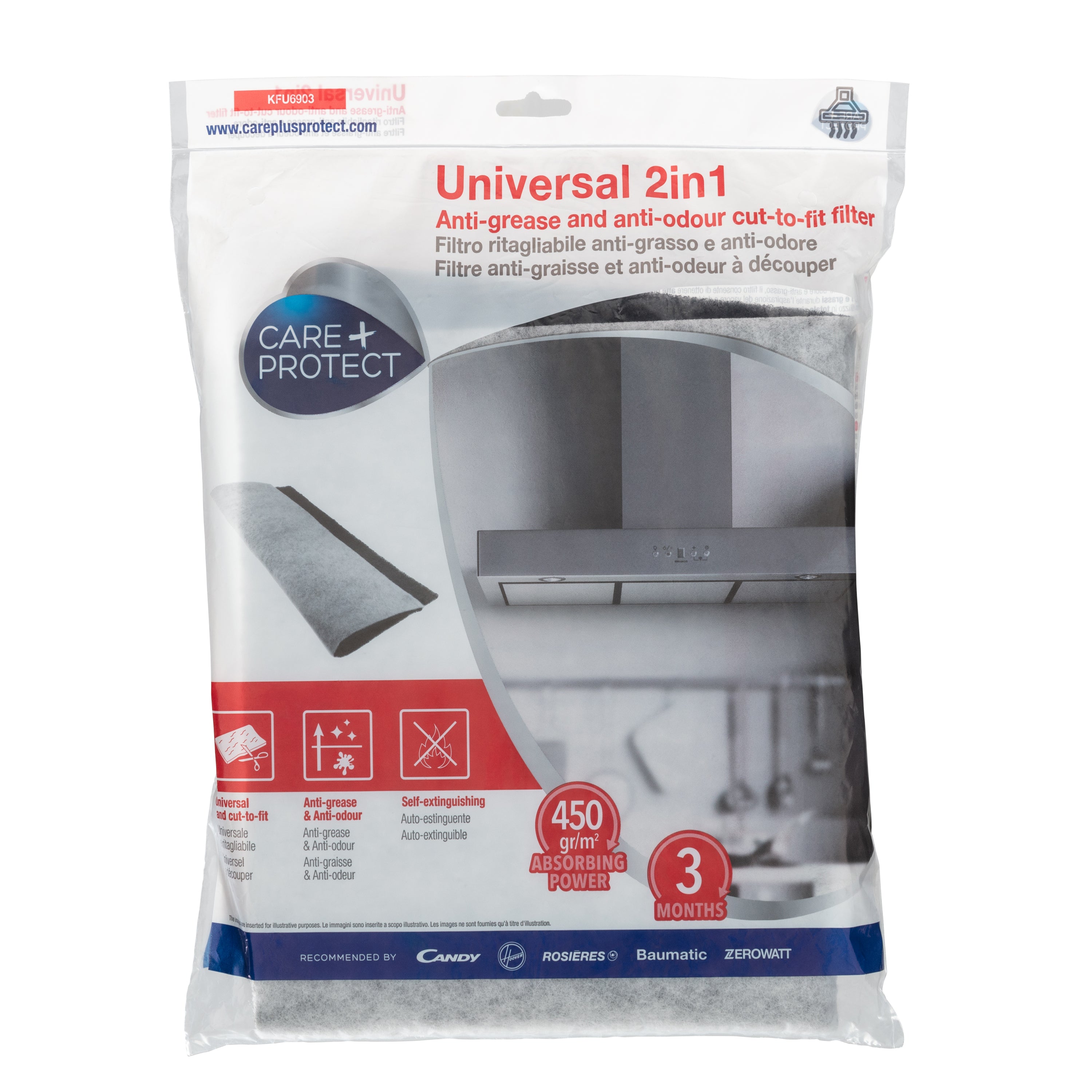
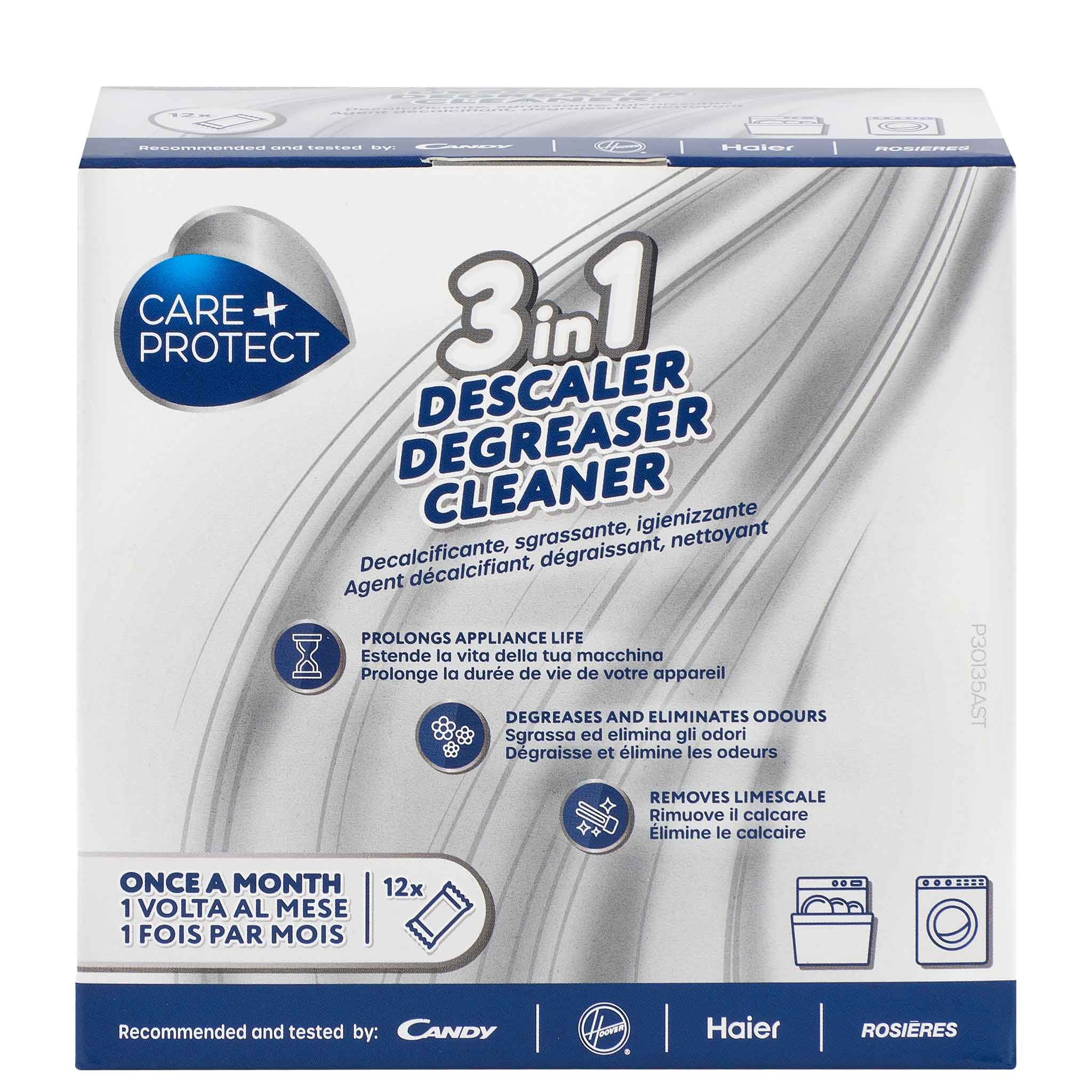

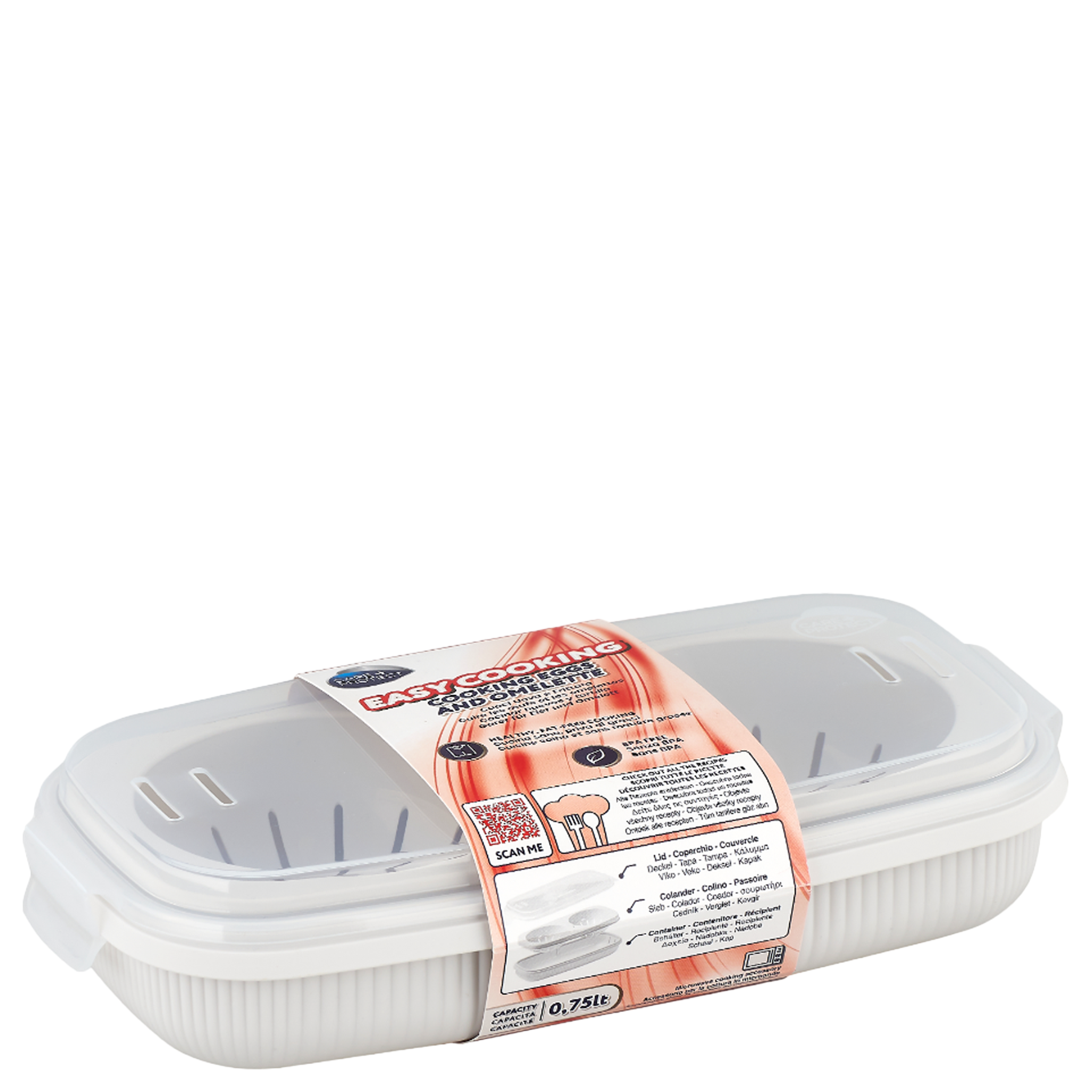

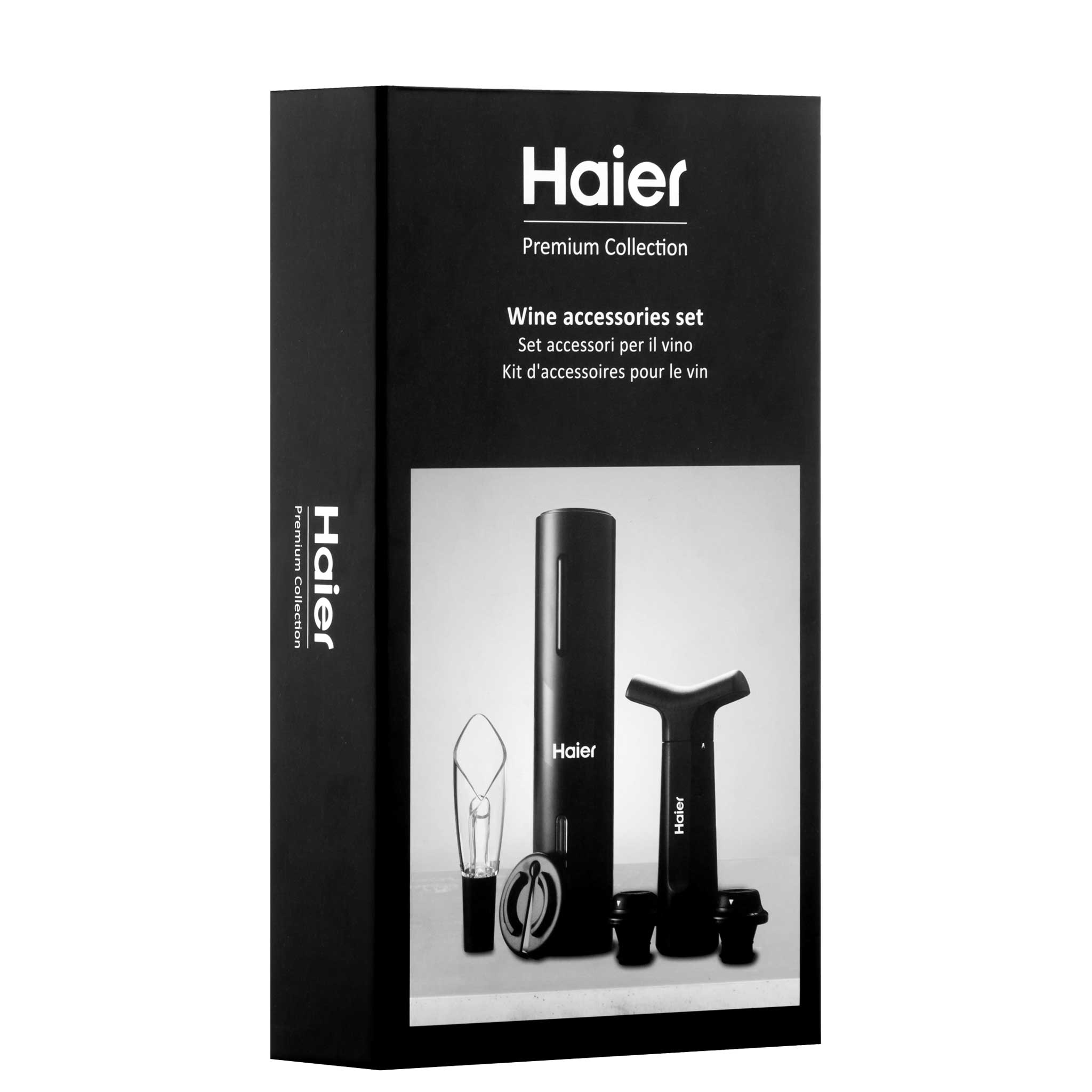

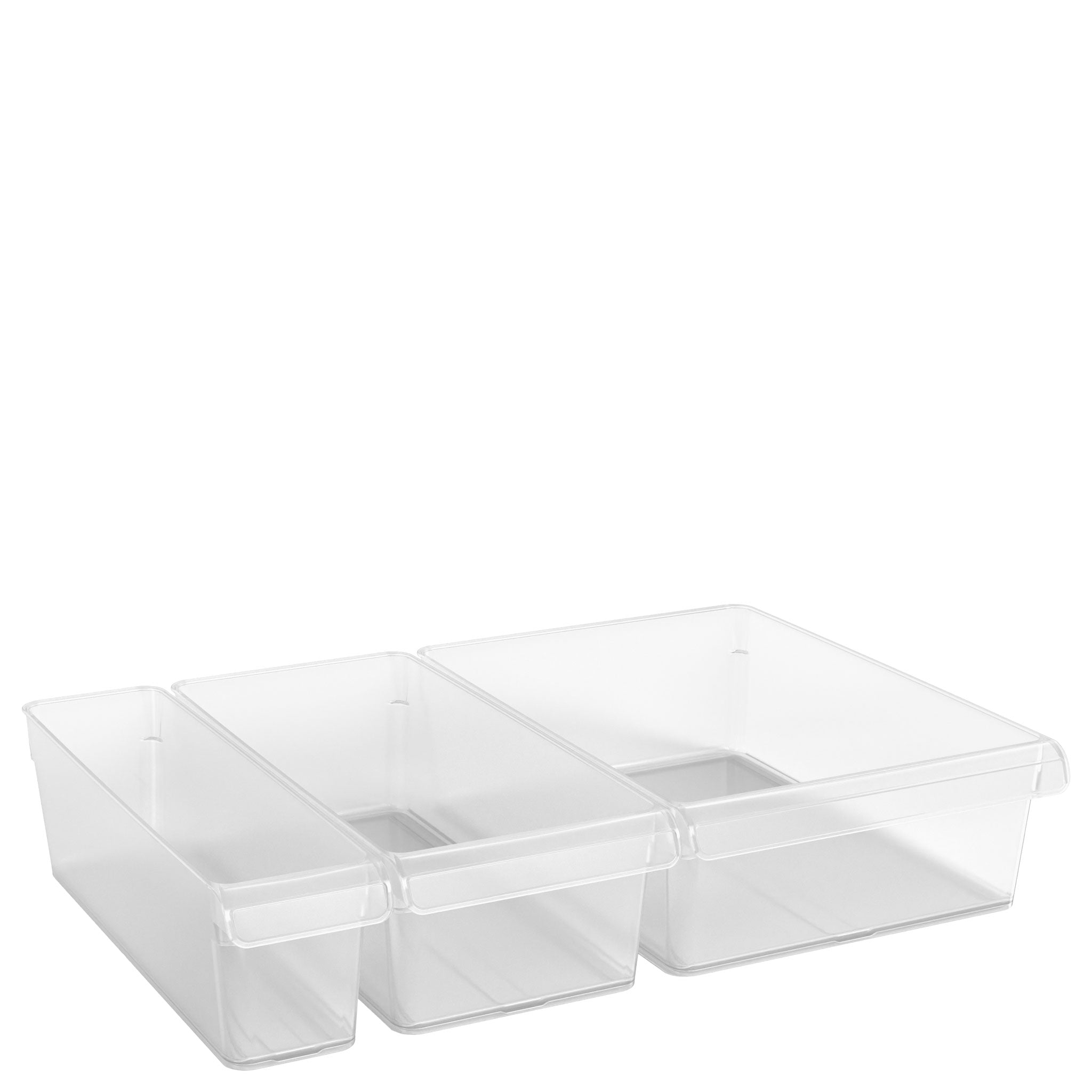

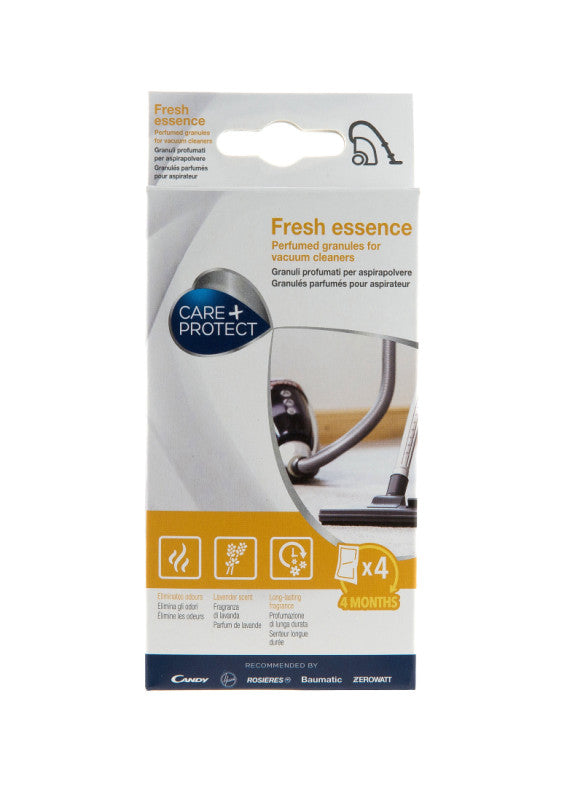



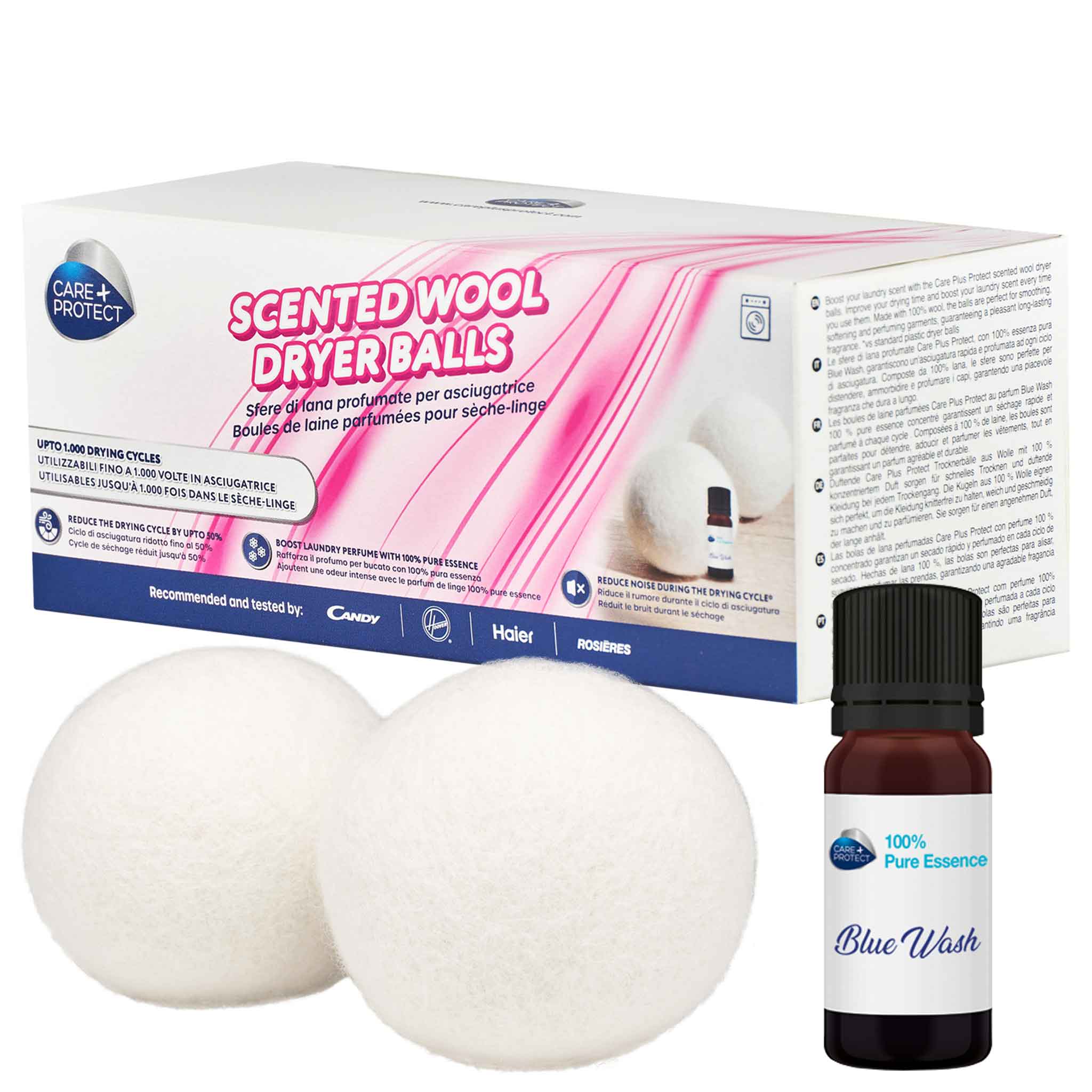


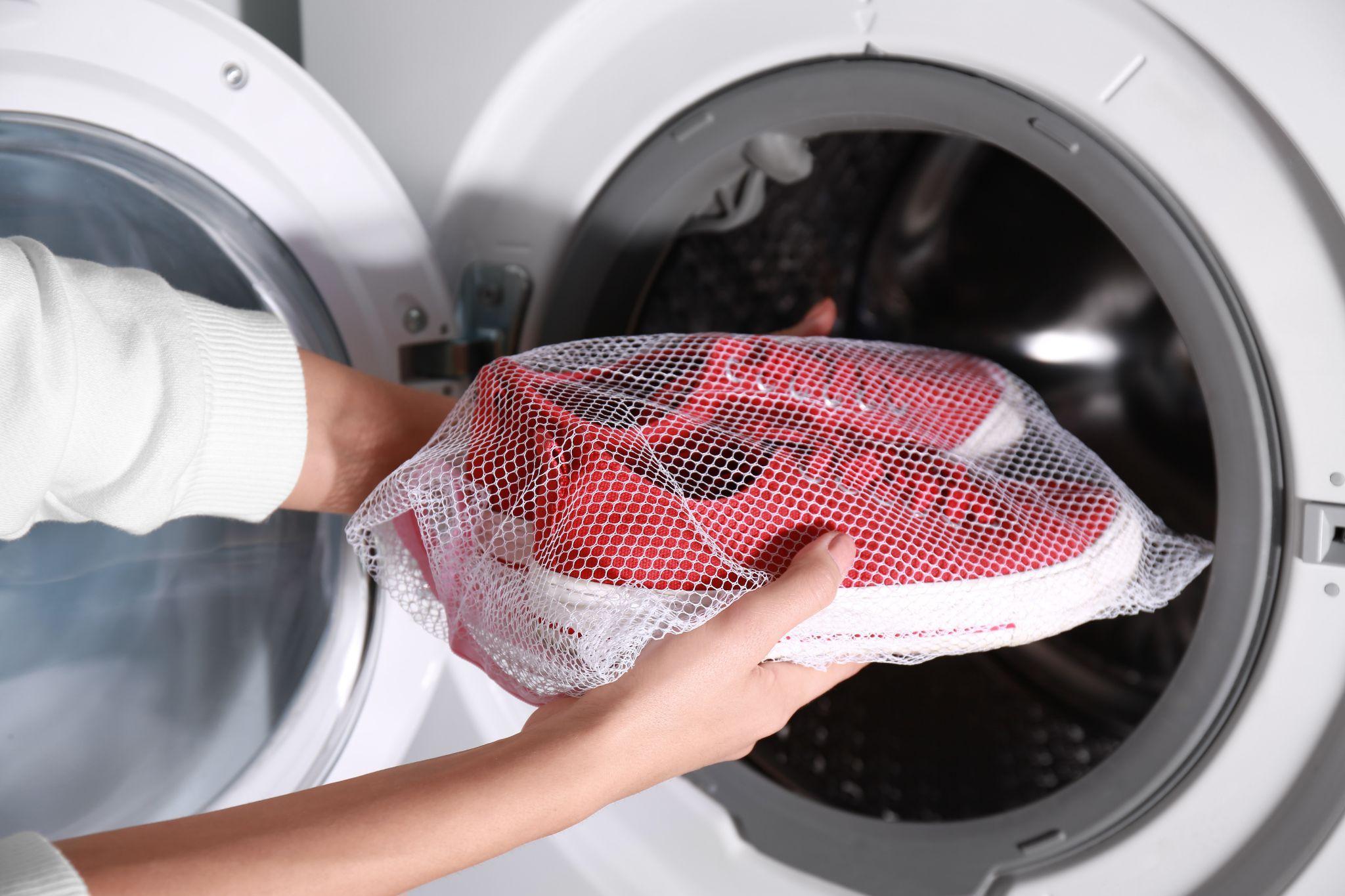
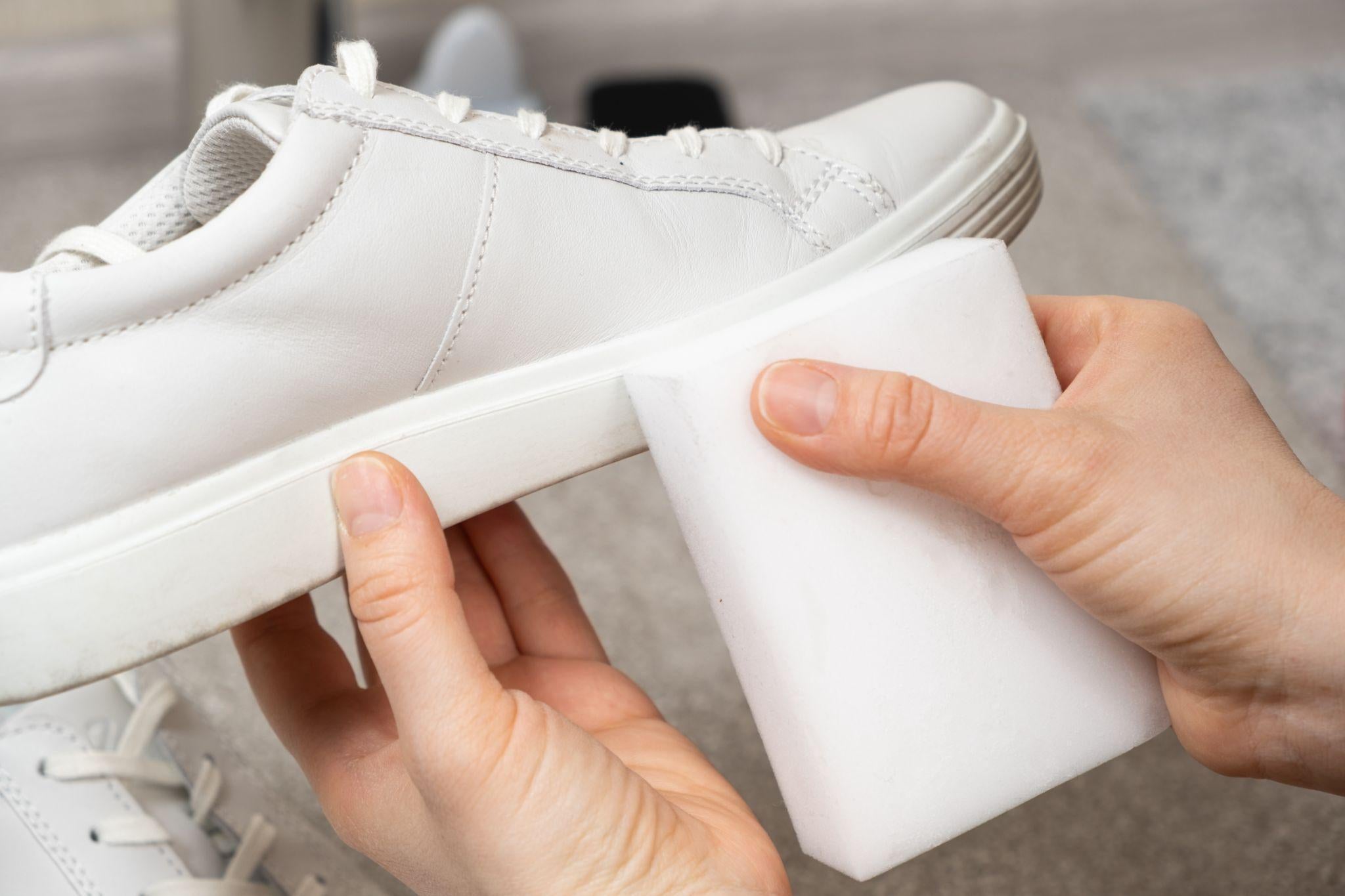
Leave a comment